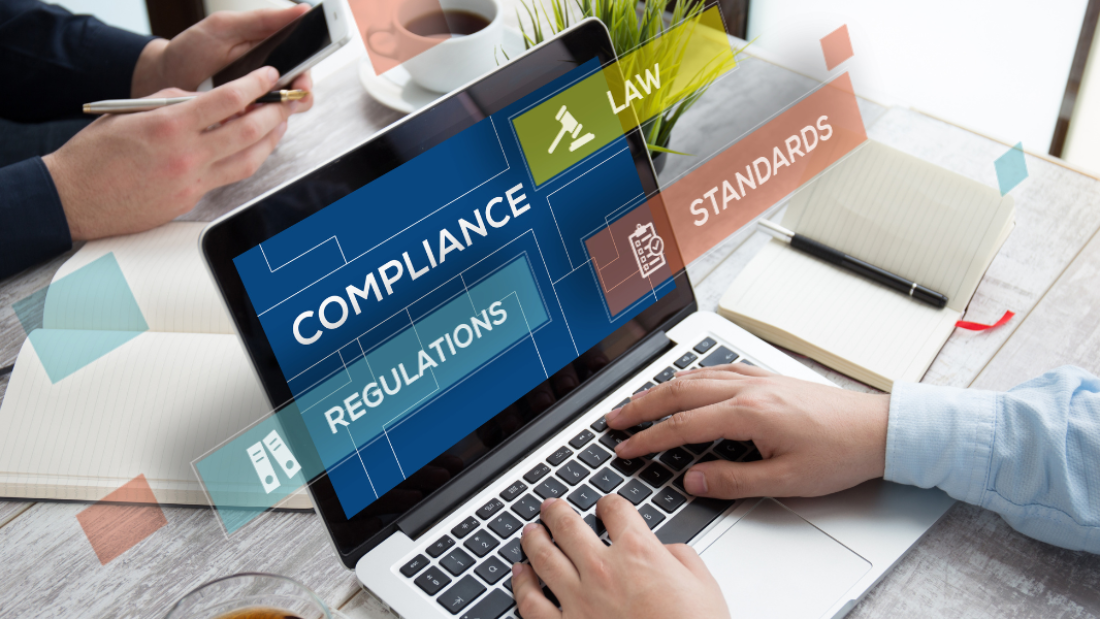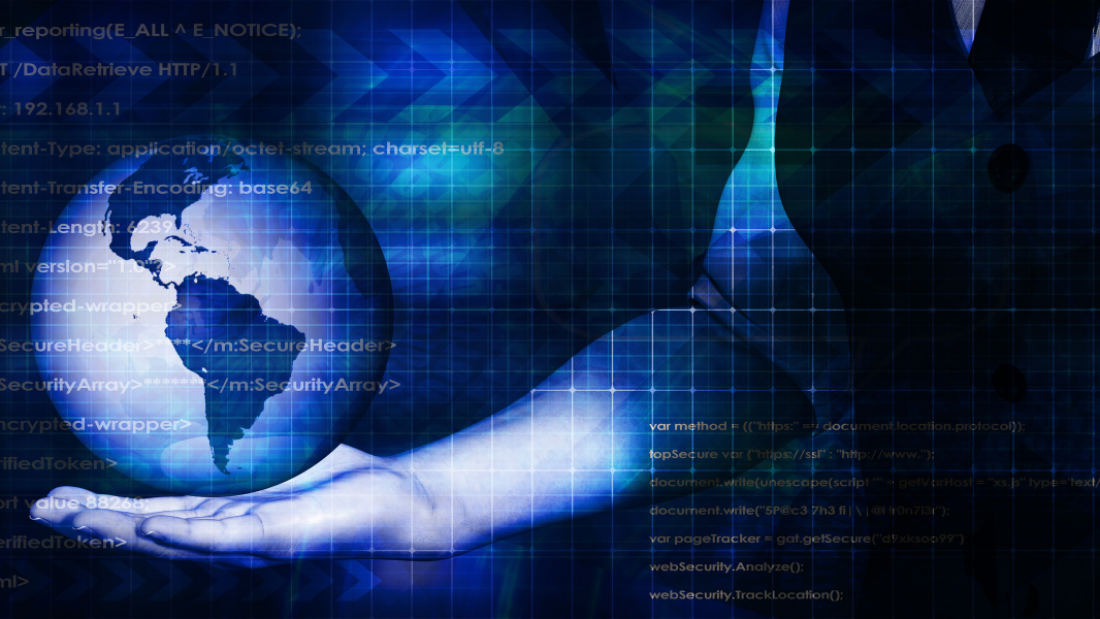Did you know that facial recognition technology is revolutionizing banking security? With the rise of cyber threats, traditional methods are no longer enough to protect sensitive financial information. Facial recognition for banking security offers a cutting-edge solution, providing a seamless and secure authentication process for customers. By leveraging biometric data unique to each individual, this innovative technology ensures heightened levels of protection against fraud and identity theft. Stay ahead of the curve and discover how facial recognition is reshaping the landscape of banking security.
The Need for Secure Digital Transactions
Rise in Online Banking Usage
With the increasing prevalence of online banking and digital transactions, more banking customers are opting for the convenience of managing their finances remotely. This shift towards digital banking has been accelerated by the widespread adoption of smartphones and the internet.
Online banking offers a range of benefits such as 24/7 accessibility, real-time transaction monitoring, and seamless fund transfers. However, this convenience also comes with its own set of risks, particularly in terms of security vulnerabilities that can be exploited by cybercriminals.
Cyber Threats Targeting Financial Institutions
Financial institutions are facing a growing threat from cybercriminals who target digital banking systems to gain unauthorized access to sensitive customer data. These attacks can result in financial losses for both banks and their customers, as well as damage to the reputation of the institution.
Cyber threats such as phishing scams, malware attacks, and identity theft pose significant challenges to maintaining a secure banking environment. As hackers become more sophisticated in their methods, it is crucial for banks to stay ahead of these threats by implementing robust security measures.
Importance of Robust Security Measures
To protect customer assets and ensure a secure banking experience, financial institutions must invest in advanced security technologies. One key aspect of enhancing security in digital banking is the implementation of facial recognition technology for digital identity verification.
By incorporating facial recognition into their banking app or online platforms, banks can add an extra layer of security that goes beyond traditional password protection. Facial recognition technology uses biometric data unique to each individual, making it extremely difficult for unauthorized users to access accounts.
Pros:
Enhanced security features
Improved user experience
Cons:
Potential privacy concerns
Technical challenges in implementation
How Facial Recognition Enhances Security
Real-time Verification
Facial recognition technology verifies user identities by analyzing unique facial features such as the distance between eyes, nose shape, and jawline. This process occurs instantaneously, enhancing security by ensuring that only authorized individuals access sensitive information. The system compares the captured image with stored data to grant or deny access promptly.
Speed and Efficiency
Facial recognition surpasses traditional methods like passwords or PINs in terms of speed and efficiency. Users no longer need to remember complex passwords or carry physical tokens for authentication. By simply scanning their faces, individuals can swiftly gain access to their accounts or complete transactions, reducing waiting times and enhancing user experience.
Integration with Other Security Systems
The integration of facial recognition with other security systems creates a layered protection approach. By combining facial recognition with technologies like biometric authentication systems or automated biometric identification systems, banks establish a robust security infrastructure. This multi-layered approach ensures that even if one system is compromised, others provide additional security barriers.
Real-World Applications
ATM Authentication
Banks have integrated facial recognition systems into their operations to enhance security for customers. At ATMs, this technology allows for secure customer authentication by scanning and verifying the individual’s face before granting access to their accounts. This process ensures that only authorized users can perform transactions, adding an extra layer of protection against unauthorized access.
Mobile Banking Apps In addition to ATMs, many banks have also incorporated facial recognition into their mobile banking apps. This feature enables customers to log in securely using their facial biometrics, eliminating the need to remember complex passwords. By simply scanning their face, users can access their accounts quickly and conveniently, making the login process more efficient and user-friendly.
Fraud Detection Systems
Facial recognition plays a crucial role in fraud detection and prevention systems utilized by banks. By analyzing facial features and patterns, these systems can identify suspicious activities or attempts at fraudulent transactions. For example, if someone other than the account holder tries to access an account using facial recognition, the system can flag this as a potential security threat and prompt additional verification steps to prevent unauthorized access.
Pros:
Enhanced security measures to protect customer accounts.
Convenient and user-friendly authentication process for customers.
Effective fraud detection capabilities to prevent unauthorized transactions.
Cons:
Potential privacy concerns related to storing biometric data.
Technical challenges such as false positives or failures in facial recognition.
Benefits of Facial Recognition
Seamless Experiences
Facial recognition technology in banking offers convenience by providing seamless user experiences without the need for passwords. Users can simply use their face to access their accounts or make transactions, eliminating the hassle of remembering complex passwords. This streamlined process not only saves time but also enhances user satisfaction.
Reduced Identity Theft
One of the key advantages of facial recognition in banking is the significant reduction in identity theft incidents. By implementing this technology, banks can enhance verification processes, making it harder for fraudsters to access accounts illegally. This added layer of security helps protect customers’ sensitive information and ensures a safer banking environment.
Cost-Effectiveness
Implementing facial recognition technology for banking security is also cost-effective in the long run. While initial setup costs may be involved, the reduction in fraudulent activities and identity theft incidents can lead to substantial savings for financial institutions. Moreover, the efficiency of facial recognition systems minimizes the need for manual verification processes, saving both time and resources.
Challenges and Considerations
False Positives
Facial recognition systems, while advanced, are not foolproof. False positives can occur when the system incorrectly identifies someone as an authorized user. This can lead to unauthorized access to sensitive banking information, posing a significant security risk.
Continuous Updates
To mitigate risks associated with false positives and negatives, facial recognition technology requires continuous updates. Regular updates ensure that the system remains accurate and up-to-date with the latest advancements in facial recognition algorithms. Without consistent maintenance, the system’s performance may deteriorate over time.
Customer Trust
System failures in facial recognition technology can have profound implications on customer trust. If the system malfunctions or fails to authenticate users correctly, customers may lose confidence in the security measures put in place by their bank. This could result in customers seeking alternative banking solutions that they perceive as more secure and reliable.
Privacy and Data Protection
Biometric Data Protection
Biometric data protection is crucial in banking security to prevent unauthorized access and identity theft. Banks must implement robust security measures to safeguard this sensitive information.
Biometric data, such as facial recognition, plays a vital role in identity verification for banking services. However, the misuse or mishandling of this data can lead to severe privacy breaches and fraud.
To ensure data integrity and protect user information, banks need to adhere to strict compliance requirements. Regulations like KYC (Know Your Customer) are in place to verify identities securely.
Security Measures
Implementing stringent security measures is essential to prevent unauthorized access to facial recognition data. Encryption and multi-factor authentication are key tools in securing biometric information.
Regular security audits and vulnerability assessments help banks identify and address potential risks in their facial recognition systems. This proactive approach enhances overall security.
Incorporating advanced technologies like liveness detection adds an extra layer of protection against spoofing attacks. These measures strengthen the overall security posture of banking systems.
Transparency in Data Usage
Ensuring transparency in how banks collect, use, and store facial recognition data is paramount for maintaining customer trust. Banks must clearly communicate their data practices to customers.
Providing customers with clear information on how their facial recognition data is utilized for identity verification fosters transparency. This transparency builds confidence in the bank’s commitment to privacy protection.
Future Trends and Innovations
AI Advancements
AI is revolutionizing facial recognition technology through continuous technological advancements. These innovations enhance accuracy by learning from vast datasets, refining algorithms, and improving real-time processing capabilities. The integration of AI and machine learning is set to propel facial recognition systems to new heights of precision and efficiency.
The application of AI in facial recognition for banking security holds immense potential. As AI algorithms become more sophisticated, they can adapt to varying lighting conditions, angles, and facial expressions with remarkable accuracy. This advancement not only enhances security measures but also streamlines the authentication process for customers, ensuring a seamless user experience.
Integration with Blockchain
The integration of facial recognition with emerging technologies like blockchain presents a groundbreaking opportunity for the banking industry. By leveraging blockchain’s decentralized and immutable nature, facial recognition systems can enhance data security and privacy. This integration ensures that sensitive biometric information remains secure and tamper-proof, mitigating the risk of unauthorized access or data breaches.
Incorporating blockchain technology into facial recognition systems establishes a secure framework for storing and verifying biometric data. This innovative approach not only strengthens security measures but also instills trust among customers regarding the protection of their personal information. As the banking industry embraces blockchain integration, facial recognition emerges as a pivotal component in safeguarding sensitive data and preventing fraudulent activities.
Regulatory Evolution
The evolution of regulations surrounding facial recognition in banking is poised to shape the future landscape of security measures. Regulatory bodies are increasingly emphasizing the importance of data protection and privacy in facial recognition technologies. Stricter compliance requirements and guidelines are being implemented to ensure that facial recognition systems adhere to ethical standards and safeguard customer information effectively.
Regulations governing facial recognition technologies aim to strike a balance between enhancing security measures and upholding individual privacy rights. By establishing clear guidelines for the collection, storage, and usage of biometric data, regulatory frameworks play a crucial role in shaping the ethical use of facial recognition in banking security. Compliance with evolving regulations is essential for financial institutions to maintain trust with customers and uphold industry standards.
Final Remarks
In a digital world where security is paramount, facial recognition technology emerges as a powerful tool for safeguarding your banking transactions. Its ability to enhance security, streamline processes, and offer a personalized experience makes it a valuable asset in the realm of financial services. Despite the challenges and privacy concerns, the future holds promising innovations that can address these issues while maximizing the benefits of this cutting-edge technology.
As you navigate the landscape of digital banking, consider embracing facial recognition not just as a security measure but as a gateway to a more secure and convenient banking experience. Stay informed about the latest trends and advancements in this field to make informed decisions that prioritize both security and user experience. Your awareness and proactive approach can shape the future of banking security.
Frequently Asked Questions
Is facial recognition technology secure for banking transactions?
Facial recognition technology enhances security by providing an additional layer of authentication, making it difficult for unauthorized access. It offers a more secure and convenient way for users to verify their identity, reducing the risk of fraud and identity theft.
How does facial recognition improve banking security?
Facial recognition technology enhances banking security by accurately verifying the user’s identity through biometric data. This minimizes the risk of unauthorized access to accounts or sensitive information, providing a more secure and efficient authentication process for users.
What are the benefits of using facial recognition in banking?
The benefits of facial recognition in banking include increased security, reduced fraud, enhanced user experience, and improved operational efficiency. By leveraging biometric authentication, banks can offer customers a seamless and secure way to access their accounts and conduct transactions.
What challenges are associated with implementing facial recognition in banking?
Challenges include ensuring accuracy and reliability of the technology, addressing privacy concerns, regulatory compliance, and potential biases in facial recognition algorithms. Banks need to carefully consider these factors to successfully implement facial recognition for banking security.
How does facial recognition technology impact privacy and data protection in banking?
Facial recognition raises concerns about privacy and data protection due to the collection and storage of biometric data. Banks must implement robust security measures, comply with regulations like GDPR, and be transparent about how they use and protect users’ biometric information.









